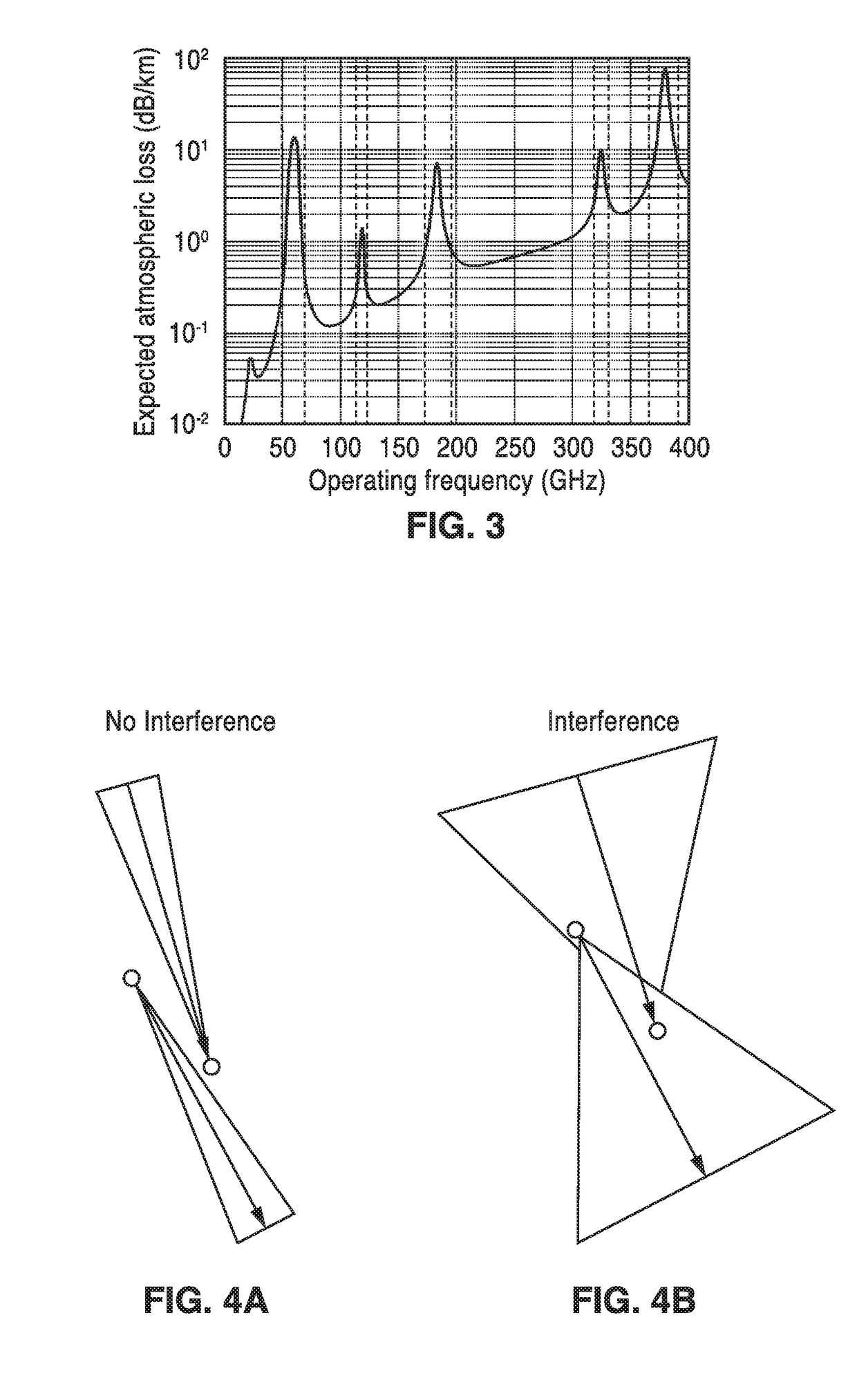Proactive MIMO relaying in wireless communications
a wireless communication and relaying technology, applied in the field of wireless network communication, can solve the problems of not being able to use wireless communication systems that do not utilize mimo, suffering from multi-hopping throughput penalties, and not yet being able to introduce mimo technology into mmwave standards or products
- Summary
- Abstract
- Description
- Claims
- Application Information
AI Technical Summary
Benefits of technology
Problems solved by technology
Method used
Image
Examples
embodiment 70
[0109]In a flow logic embodiment 70 of FIG. 16 the AP transmits beacons 72, and then receives / transmits 74 association requests / responses from / to the STAs. Device capabilities are received 76 by the AP from the STAs, upon which the AP starts 78 beamforming (BF) training with the STAs. The AP then determines 80 if relaying is necessary or not. If it is determined that relaying is not needed (e.g., destination STA in well within range) then AP schedules 82 STAs communications and sends it during ATI, and this sequence ends 84.
[0110]If on the other hand it is determined that relaying is needed (e.g., destination is near edge of range), then AP runs logic 86 for selecting a relay based on receiving metrics from the STAs. AP then announces 88 the node that is to be the selected RT (relay terminal) and the assigned STAs. The AP schedules 90 an SP for data exchange between AP, RT and STAs, with the AP and RT starting 92 a refined BF training and data exchange, after which this sequence end...
embodiment 130
[0119]FIG. 21 illustrates an embodiment 130 for using AoA / AoD and RSSI metrics for relay selection. In this flow diagram AP determines coarse RSSI of STAs in the BSS as shown in block 132, based on the received associated requests. The AP saves 134 a list of STAs whose RSSI is less than X. It should be noted that the values of X, Y, and Z are threshold values determined according to specific implementation details. Table 1 presents one example of selecting the values for X, Y, and Z.
[0120]In block 136 the AP performs initial BF training and determines coarse AoD for STAs which performed BF training, then the AP prepares 138 a first list (List #1) for the STA in the previous list with the tuple (STA ID, RSSI, and AoD), after which the AP receives 140 relaying capability information from the STAs.
[0121]A determination 142 is made if there are STAs having their relaying flags on. If not, then block 144 is executed, in which no relaying is performed during this superframe. In the case w...
embodiment 170
[0125]FIG. 24 illustrates an embodiment 170 of utilizing a device category metric for determining relay selection. The AP prepares a list 172 of candidate relays for each STA that the AP estimates the need for relaying. A determination is made 174 if there is more than one candidate relay for a certain STA. If not, then in block 176 the AP finalizes a list of selected relays per STA. Otherwise, if not more than one candidate is found, then a decision is made in block 178 if there are different device categories for the candidate relays for a certain STA. If not, then block 180 is executed with the AP performing further refinement of the selection based on AoD and RSSI metrics and it finalizes the list of selected relays per STA. Otherwise, if there are different device categories, then block 182 is reached with AP decision being based on RSSI and BF gain of the candidate relays and STA estimates of the MCS index for the links associated with the relaying operation and it maps that t...
PUM
 Login to View More
Login to View More Abstract
Description
Claims
Application Information
 Login to View More
Login to View More - R&D
- Intellectual Property
- Life Sciences
- Materials
- Tech Scout
- Unparalleled Data Quality
- Higher Quality Content
- 60% Fewer Hallucinations
Browse by: Latest US Patents, China's latest patents, Technical Efficacy Thesaurus, Application Domain, Technology Topic, Popular Technical Reports.
© 2025 PatSnap. All rights reserved.Legal|Privacy policy|Modern Slavery Act Transparency Statement|Sitemap|About US| Contact US: help@patsnap.com



